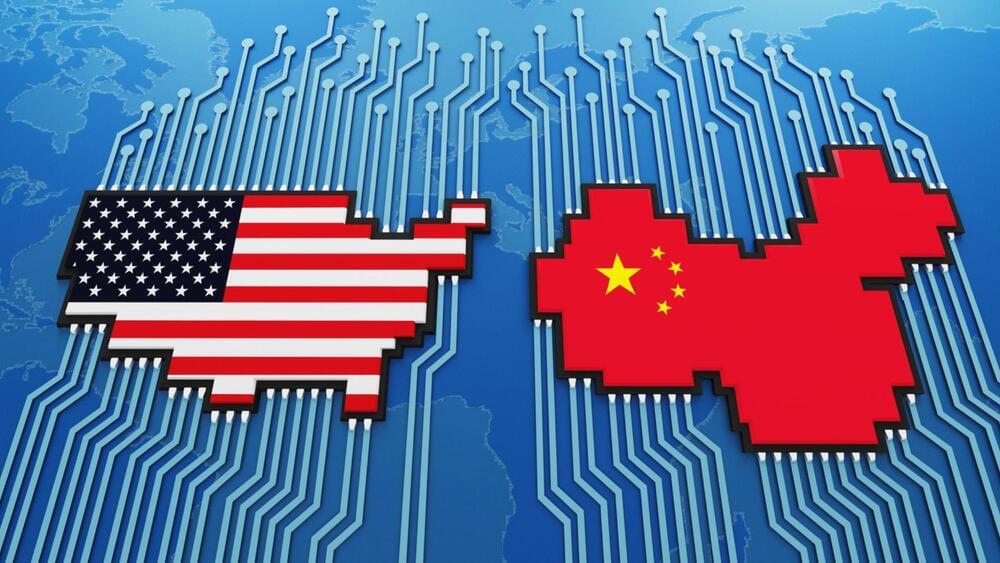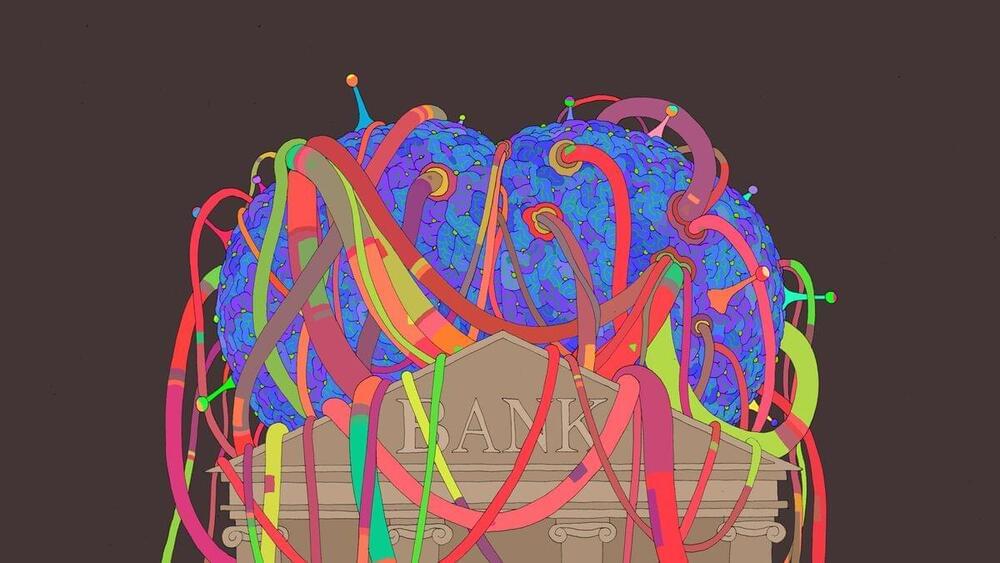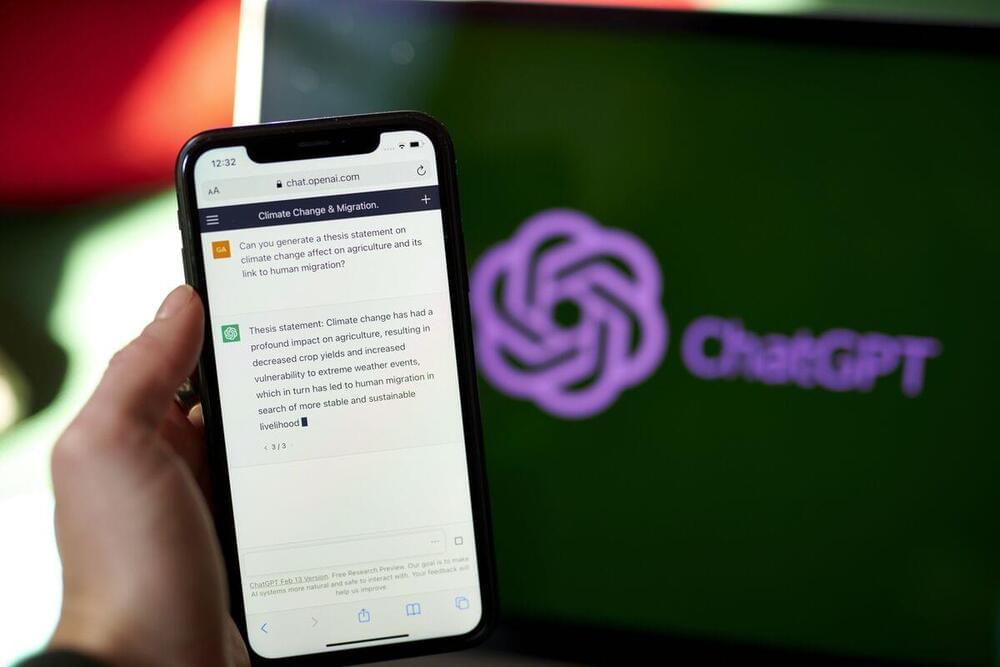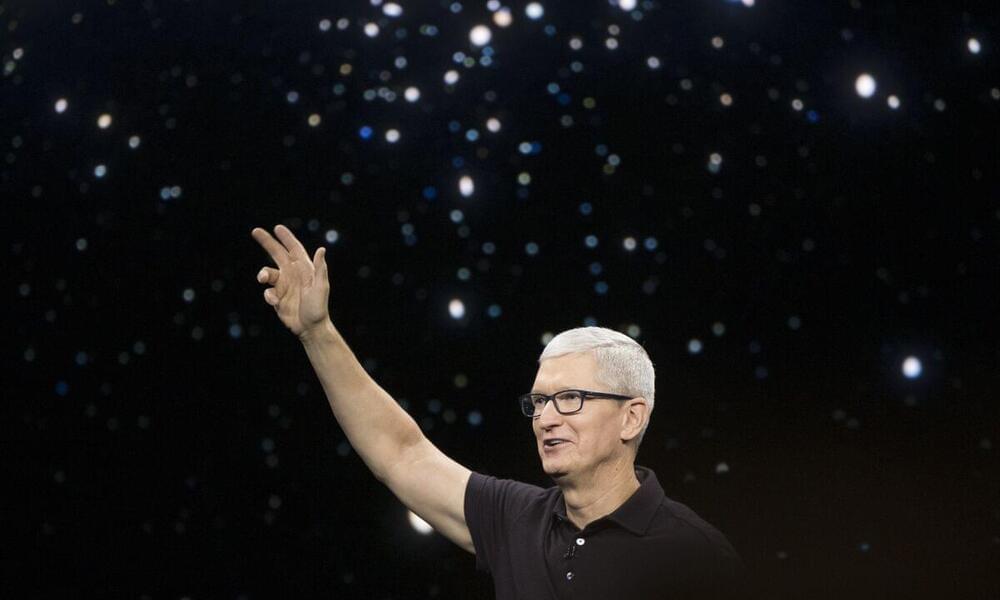The US is at a critical moment and must invest more resources to stay ahead.
The U.S. is at risk of losing its edge to China in the race for artificial intelligence (AI), according to Alexandr Wang, the CEO of Scale AI. Wang was speaking at a summit organized by the company for government officials, Bloomberg.
Not only is… More.
Kritsapong jieantaratip/iStock.
AI is among the future technologies that countries around the world are looking to establish their supremacy in as the world evolves into the next age. Interesting Engineering has previously reported that China has been denting U.S. dominance in the technology sector. In studies conducted by policy institutes, China has already established monopolies in certain areas.







